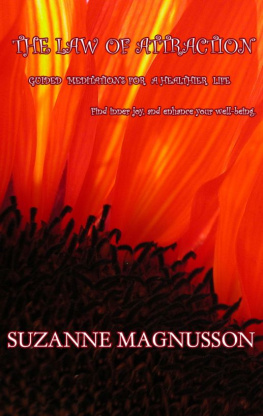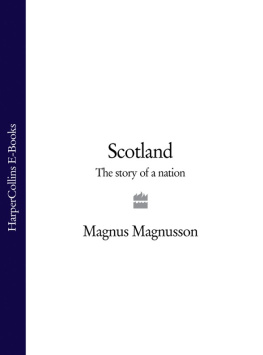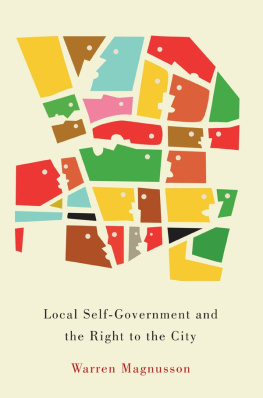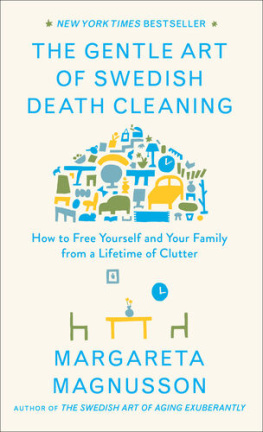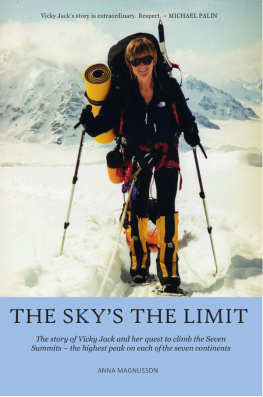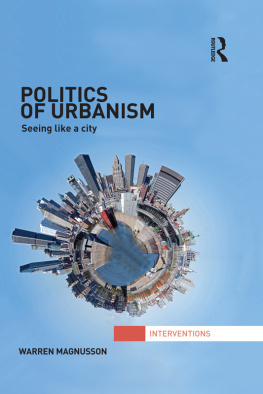Sigurður Gylfi Magnússon - What is Microhistory? Theory and practice
Here you can read online Sigurður Gylfi Magnússon - What is Microhistory? Theory and practice full text of the book (entire story) in english for free. Download pdf and epub, get meaning, cover and reviews about this ebook. City: London, year: 2013, publisher: Routledge; Taylor & Francis, genre: History. Description of the work, (preface) as well as reviews are available. Best literature library LitArk.com created for fans of good reading and offers a wide selection of genres:
Romance novel
Science fiction
Adventure
Detective
Science
History
Home and family
Prose
Art
Politics
Computer
Non-fiction
Religion
Business
Children
Humor
Choose a favorite category and find really read worthwhile books. Enjoy immersion in the world of imagination, feel the emotions of the characters or learn something new for yourself, make an fascinating discovery.

- Book:What is Microhistory? Theory and practice
- Author:
- Publisher:Routledge; Taylor & Francis
- Genre:
- Year:2013
- City:London
- Rating:4 / 5
- Favourites:Add to favourites
- Your mark:
- 80
- 1
- 2
- 3
- 4
- 5
What is Microhistory? Theory and practice: summary, description and annotation
We offer to read an annotation, description, summary or preface (depends on what the author of the book "What is Microhistory? Theory and practice" wrote himself). If you haven't found the necessary information about the book — write in the comments, we will try to find it.
What is Microhistory? Theory and practice — read online for free the complete book (whole text) full work
Below is the text of the book, divided by pages. System saving the place of the last page read, allows you to conveniently read the book "What is Microhistory? Theory and practice" online for free, without having to search again every time where you left off. Put a bookmark, and you can go to the page where you finished reading at any time.
Font size:
Interval:
Bookmark:
What is Microhistory?
This unique and detailed analysis provides the first accessible and comprehensive introduction to the origins, development and methodology of microhistory one of the most significant innovations in historical scholarship to have emerged in the last few decades.
The introduction guides the reader through the best-known example of microstoria, The Cheese and the Worms by Carlo Ginzburg, and explains the benefits of studying an event, place or person in microscopic detail. In Part I, Istvn M. Szijrt examines the historiography of microhistory in the Italian, French, German and Anglo-Saxon traditions, shedding light on the roots of microhistory and asking where it is headed. In Part II, Sigurur Gylfi Magnsson uses a carefully selected case study to show the important difference between the disciplines of macro- and microhistory and to offer practical instructions for those historians wishing to undertake micro-level analysis. These parts are tied together by a Postscript in which the status of microhistory within contemporary historiography is examined and its possibilities for the future evaluated.
This book surveys the significant characteristics shared by large groups of microhistorians, and how these have now established an acknowledged place within any general discussion of the theory and methodology of history as an academic discipline.
Sigurur Gylfi Magnsson is the chair of the Center for Microhistorical Research at the Reykjavk Academy (www.microhistory.org) and Dr Kristjn Eldjrn Research Fellow at the National Museum of Iceland. He is the author of seventeen books and numerous articles published in Iceland and abroad. His previous publications include Wasteland with Words: A Social History of Iceland (2010).
Istvn M. Szijrt is Associate Professor in the Department of Economic and Social History at Lornd Etvs University, Hungary. He is the author of three books and several articles published in Hungary and abroad. His previous publications include Experience, Agency, Responsibility: The Lessons of Russias Microhistory (2011).
What is Microhistory?
Theory and practice
Sigurur Gylfi Magnsson
&
Istvn M. Szijrt

2013
First published 2013
by Routledge
2 Park Square, Milton Park, Abingdon, Oxon OX14 4RN
Simultaneously published in the USA and Canada
by Routledge
711 Third Avenue, New York, NY 10017
Routledge is an imprint of the Taylor & Francis Group, an informa business
2013 Sigurur Gylfi Magnsson and Istvn M. Szijrt
The right of Sigurur Gylfi Magnsson and Istvn M. Szijrt to be identified as authors of this work has been asserted by them in accordance with sections 77 and 78 of the Copyright, Designs and Patents Act 1988.
All rights reserved. No part of this book may be reprinted or reproduced or utilized in any form or by any electronic, mechanical, or other means, now known or hereafter invented, including photocopying and recording, or in any information storage or retrieval system, without permission in writing from the publishers.
Trademark Notice: Product or corporate names may be trademarks or registered trademarks, and are used only for identification and explanation without intent to infringe.
British Library Cataloguing in Publication Data
A catalogue record for this book is available from the British Library
Library of Congress Cataloging in Publication Data
Sigurur G. Magnsson.
What is microhistory? : theory and practice / Sigurur Gylfi Magnsson,
Istvn M. Szijrt.
pages cm
1. Microhistory. I. Szijrt, Istvn M., author. II. Title.
D16.138.S55 2013
900dc23
2012047337
ISBN: 978-0-415-69208-3 (hbk)
ISBN: 978-0-415-69209-0 (pbk)
ISBN: 978-0-203-50063-7 (ebk)
Typeset in Sabon
by Taylor and Francis Books
Acknowledgements
PART I
(ISTVN M. SZIJRT)
Introduction: Against simple truths
Italian microhistory
Under the impact of microstoria: The French and German perspective
Microhistory in a broader sense: The Anglo-Saxon landscape
The periphery and the new millennium: Answers and new questions
PART II
(SIGURUR GYLFI MAGNSSON)
The doctor s tale: The living and the dead
Refashioning a famous French peasant
New and old theoretical issues: Criticisms of microhistory
A West Side story, and the one who gets to write it
Postscript: To step into the same stream twice
Bibliography
Index
As author of Part I , Istvn M. Szijrt would like to thank Mrs Maureen Lofmark for her kind assistance with the English text and Zoltn Boldizsr Simon for his advice and for making his yet unpublished text available for him.
The author of Part II , Sigurur Gylfi Magnsson, established some of his arguments early on as an independent scholar at the Reykjavk Academy and Chair of the Center for Microhistorical Research. Later, he enjoyed the good fortune to become a Dr Kristjn Eldjrn Research Fellow at the National Museum of Iceland where he wrote his part of the book. He would like to thank his colleagues and friends at the Reykjavk Academy and the National Museum of Iceland, in particular: Margrt Hallgrmsdttir, the Director of the National Museum of Iceland; Dr Dav lafsson, a historian and Chair of the Reykjavk Academy; Dr Anna Lsa Rnarsdttir, the Head of Research and Collections at the National Museum; and other friends at both institutions. This book owes much to their generosity. It has been a stimulating and satisfying intellectual experience to work with such a talented and diverse set of people.
Part of Magnssons argument has been published elsewhere, in two issues of the Journal of Social History from 2003 and 2006 and the book Wasteland with Words published by Reaktion books in London in 2010. He is grateful for their permission in allowing him to use some of that text in this book.
The extraordinary generosity of many colleagues around the world who have been in touch with Magnsson through the Center for Microhistorical Research at the Reykjavk Academy ( www.microhistory.org ) has been particularly influential in the development of Part II . Magnsson would also like to express his gratitude to Nicholas Jonse and Anna Yates, specialists in the English language, who helped with the text.
Magnsson had the opportunity to visit Budapest, Hungary, on a number of occasions. First he attended a graduate level workshop on teaching microhistory, financed by the Tempus Foundation and held at Collegium Budapest, Hungary, and later a conference held by the Central European University on the return of the social in the humanities and the social sciences. Istvn Szijrt came to Reykjavk, Iceland twice, first for a workshop on the concept of microhistory, financed by the Tempus Foundation in Hungary, and on another occasion as a visiting scholar, invited by the National Museum of Iceland, where he gave a talk on his part of the book. All this exchange has been important for the development of the book.
Both authors would like to thank the editors of Routledge for their cooperation in the creation of this book, especially Eve Setch (editor), Laura Mothersole (acting associate editor), Sarah Douglas (production editor) and also Ruth Jeavons (copy editor). Their support has proved extremely valuable, as have the comments of the four unknown critical readers. Both authors are grateful for their insights and constructive criticism.
Against simple truths
Font size:
Interval:
Bookmark:
Similar books «What is Microhistory? Theory and practice»
Look at similar books to What is Microhistory? Theory and practice. We have selected literature similar in name and meaning in the hope of providing readers with more options to find new, interesting, not yet read works.
Discussion, reviews of the book What is Microhistory? Theory and practice and just readers' own opinions. Leave your comments, write what you think about the work, its meaning or the main characters. Specify what exactly you liked and what you didn't like, and why you think so.

